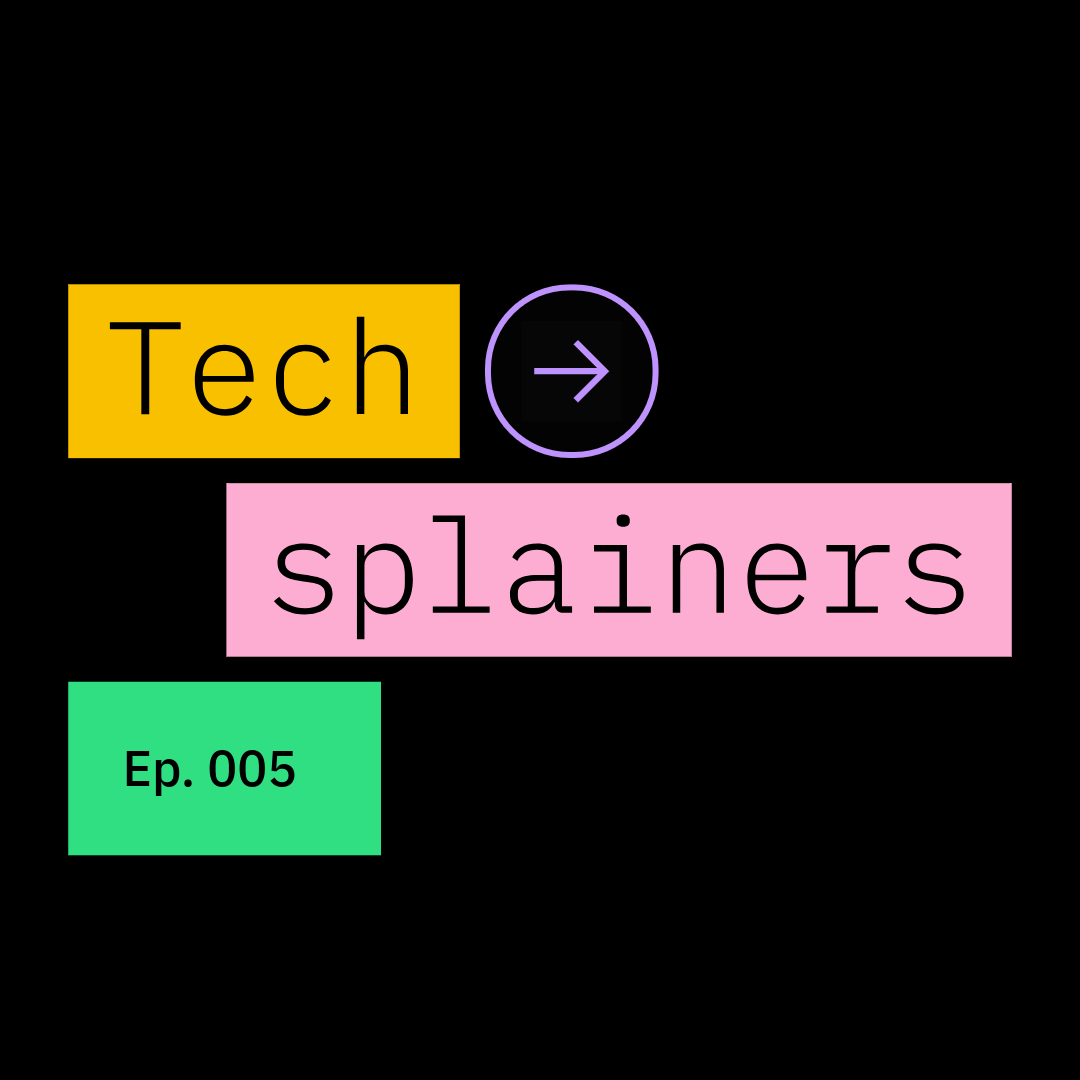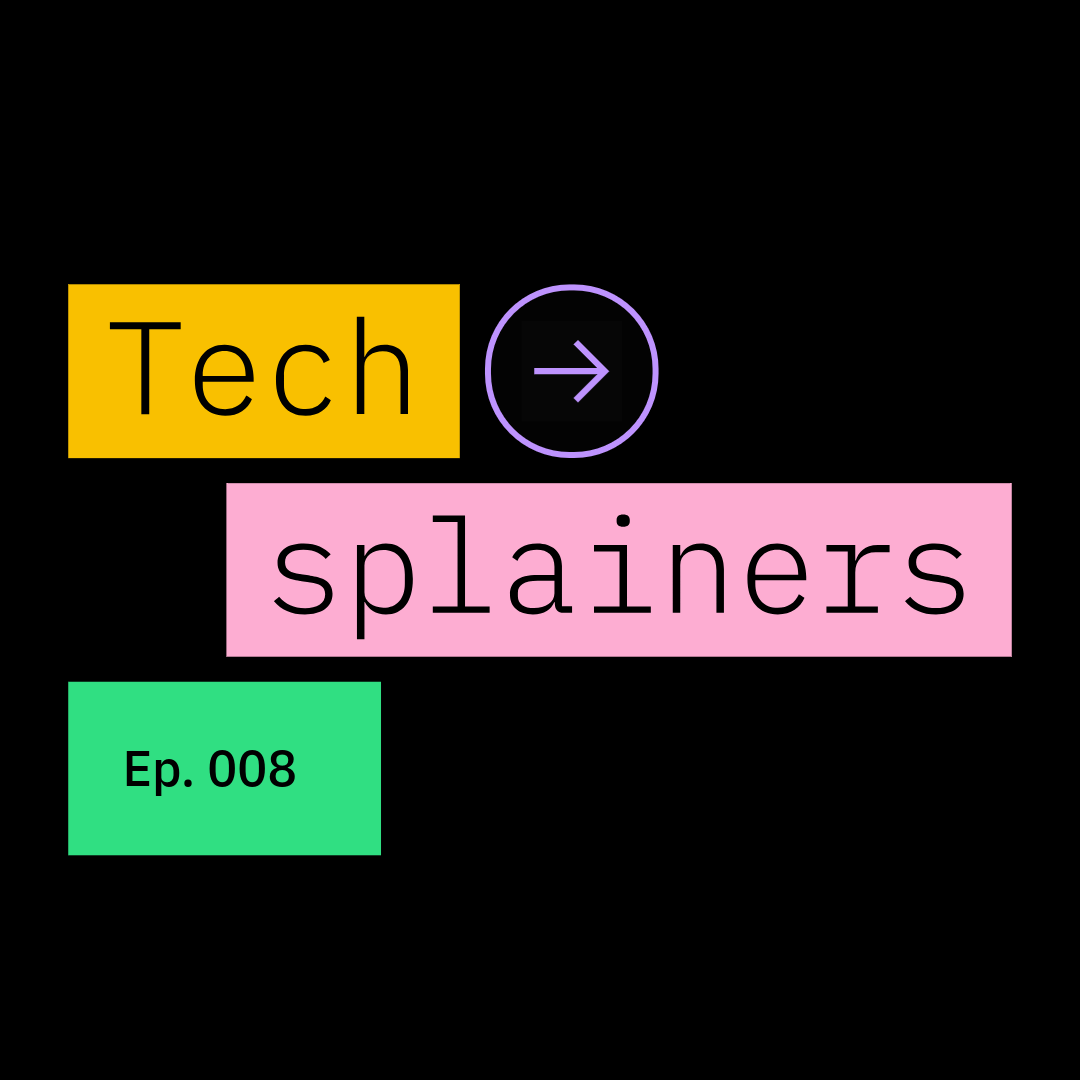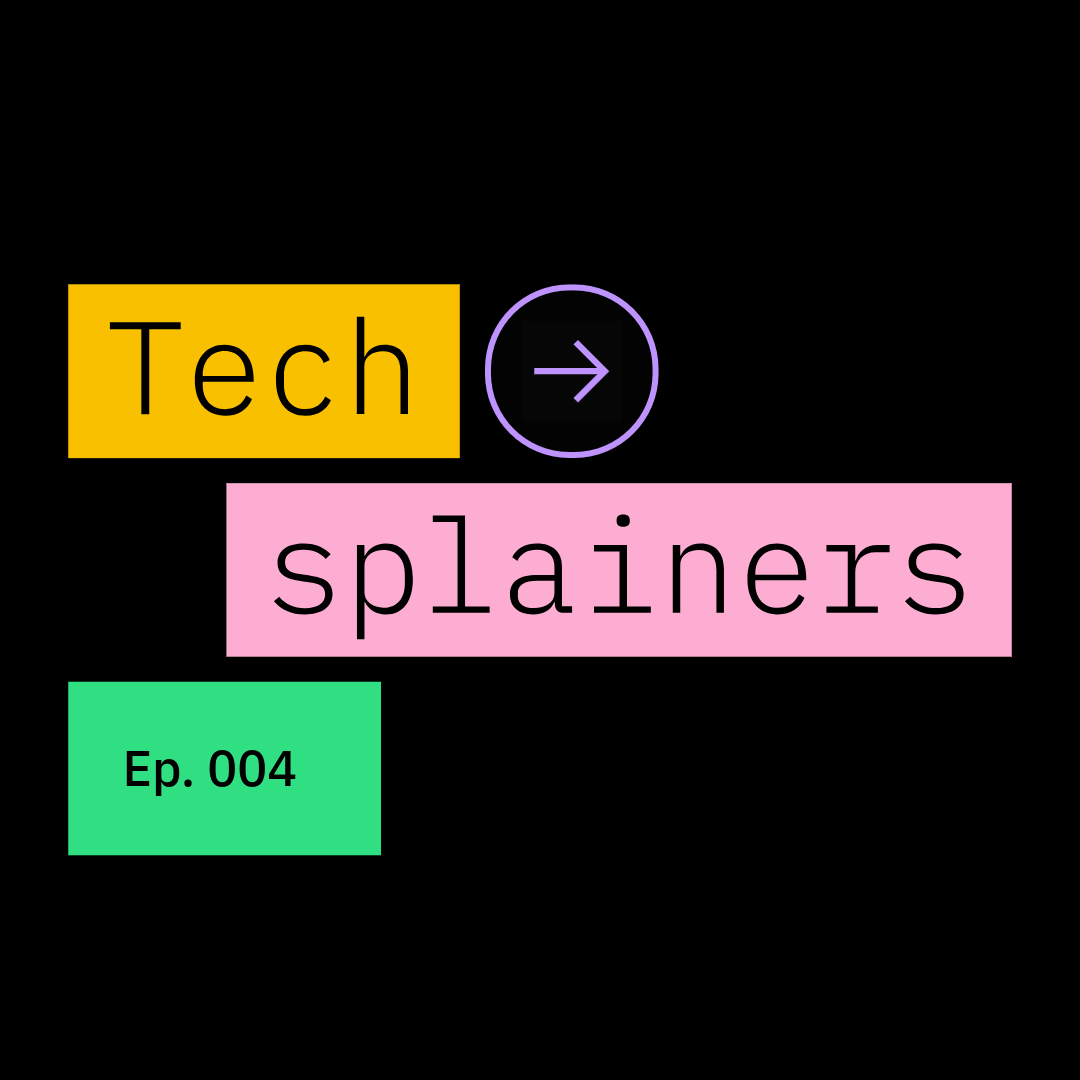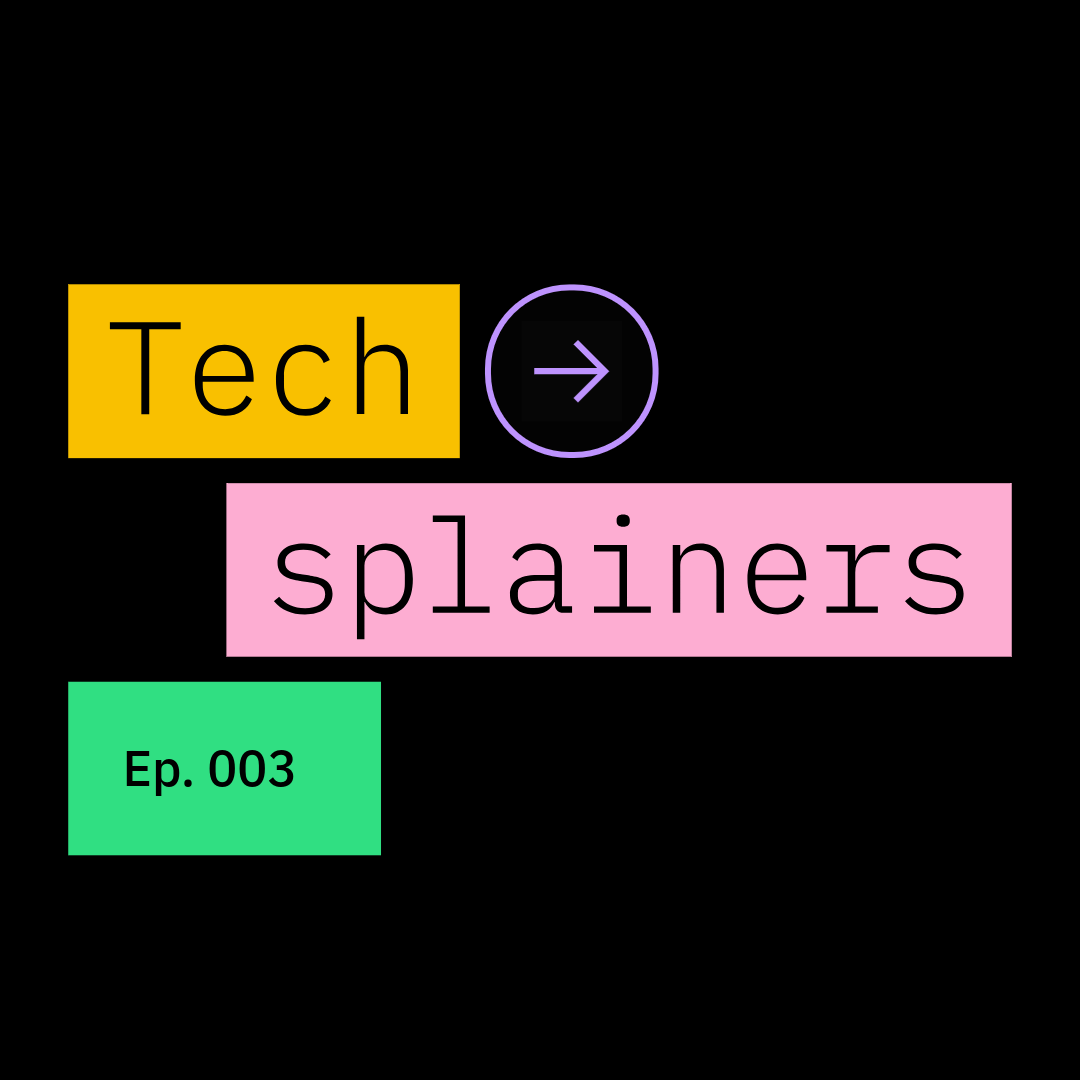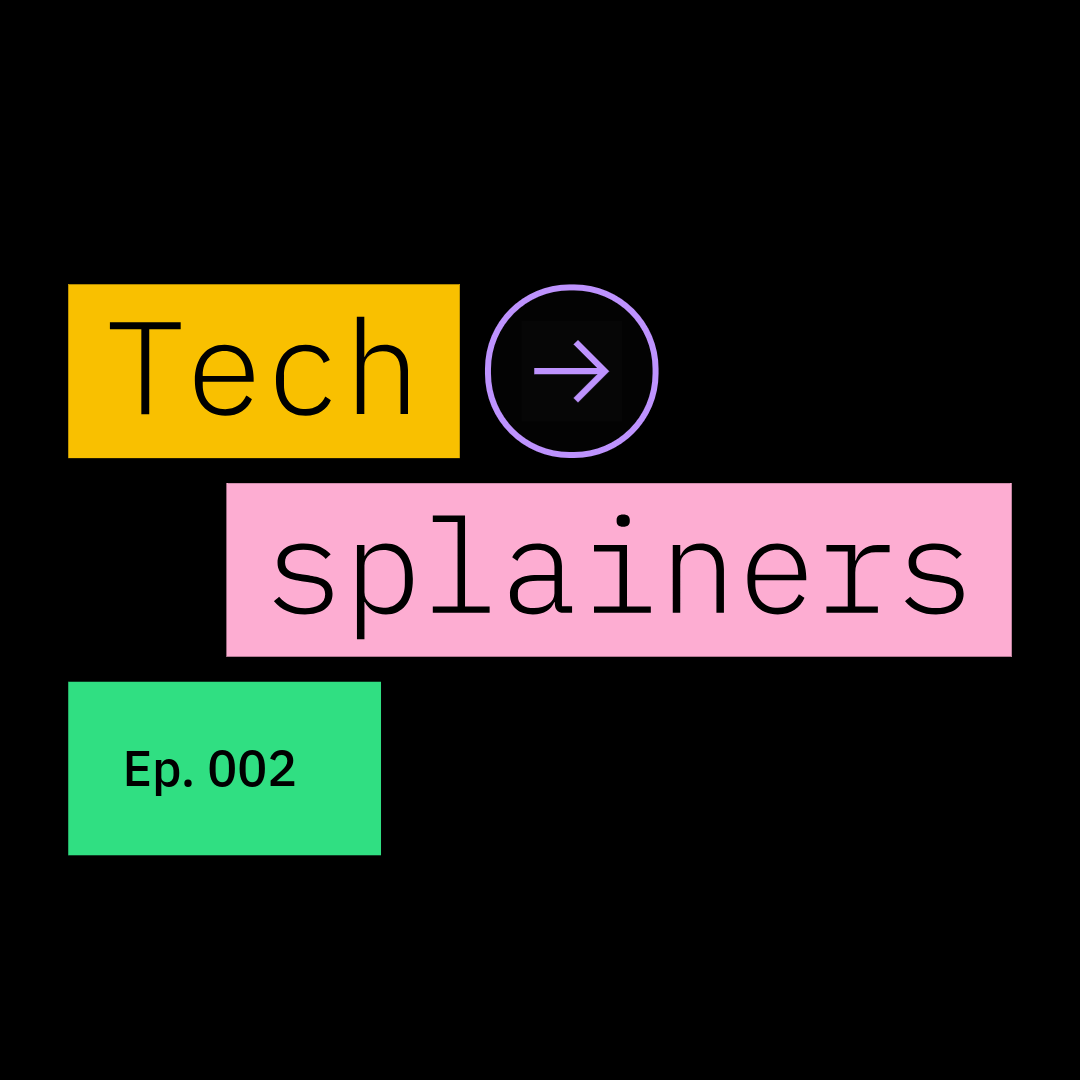What is agentic architecture?
- 0.5
- 1
- 1.25
- 1.5
- 1.75
- 2
DESCRIPTION
This episode of Techsplainers introduces listeners to the concept of agentic architecture, a framework used for structuring AI agents to automate complex tasks. The podcast explains that agentic architecture is crucial for creating AI agents capable of autonomous decision-making and adapting to dynamic environments. It delves into the four core factors of agency: intentionality (planning), forethought, self-reactiveness, and self-reflectiveness. These four factors underpin AI agents' autonomy. The discussion also contrasts agentic and non-agentic architectures, highlighting the advantages of agentic architectures in supporting agentic behavior in AI agents. The podcast further breaks down different types of agentic architectures – single-agent, multi-agent, and hybrid – detailing their structures, strengths, weaknesses, and best use cases. Finally, it covers three types of agentic frameworks—reactive, deliberative, and cognitive—concluding with a detailed explanation of BDI architectures, a model for rational decision-making in intelligent agents.
Find more information at https://www.ibm.com/think/podcasts/techsplainers
Narrated by Alice Gomstyn
